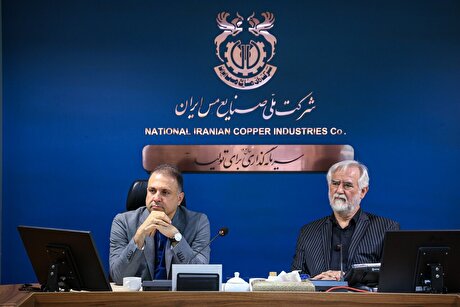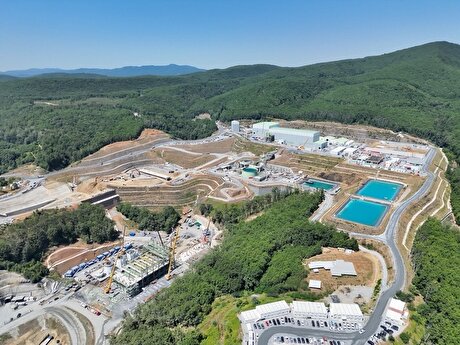
Kinross stock rallies after reporting record production at Paracatu and Bald Mountain
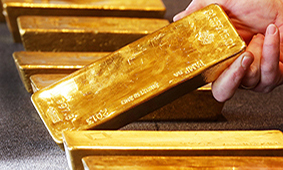

The company reported an attributable all-in cost per oz. sold on a by-product basis of $961 per Au eq. oz. sold in Q4 2018 and $965 per Au eq. oz. sold in 2018. All-in sustaining cost per Au oz. sold on a by-product basis was $955 in Q4 2018 and $959 per Au oz. sold in 2018.
The Toronto-headquartered company posted a headline loss of $23.6 million or $0.02 per share, compared with net earnings of $445.4 million or $0.36 per share in 2017. The change was primarily a result of decreased operating earnings, a reversal of impairment charges related to the sale of Cerro Casale in 2017, and an increase in 2018 income tax expenses.
Operating cash flow generated reached $790 million in 2018 and at the end of the year Kinross had cash and equivalents of $349 million, $1.9 billion in liquidity, and no debt maturities until 2021.This year the company forecasts capital expenditures of $1.05 billion.
Full-year capex came in at $1.04 billion, up from $897.6 million for 2017, largely due to increased spending at Round Mountain, Bald Mountain and Tasiast, partially offset by lower spending at Paracatu and Chirano.
"We expect to deliver another strong year in 2019, producing approximately 2.5 million gold equivalent ounces at costs similar to 2018. Our development projects are proceeding well, and we look forward to a number of milestones this year, including the start of commissioning of the Bald Mountain Vantage Complex processing circuit and completion of the Lobo-Marte scoping study in the first quarter; the start of commissioning of the Round Mountain Phase W processing circuit in the second quarter; and, the completion of the La Coipa Restart feasibility study and the start of stripping at Fort Knox Gilmore in the third quarter," said J. Paul Rollinson, Kinross President and CEO, in a media statement.


Newmont nets $100M payment related Akyem mine sale

First Quantum scores $1B streaming deal with Royal Gold

Caterpillar sees US tariff hit of up to $1.5 billion this year

Gold price rebounds nearly 2% on US payrolls data

Copper price collapses by 20% as US excludes refined metal from tariffs

St Augustine PFS confirms ‘world-class’ potential of Kingking project with $4.2B value

B2Gold gets Mali nod to start underground mining at Fekola

Goldman told clients to go long copper a day before price plunge

Copper price posts second weekly drop after Trump’s tariff surprise

Codelco seeks restart at Chilean copper mine after collapse

US slaps tariffs on 1-kg, 100-oz gold bars: Financial Times

BHP, Vale offer $1.4 billion settlement in UK lawsuit over Brazil dam disaster, FT reports

NextSource soars on Mitsubishi Chemical offtake deal

Copper price slips as unwinding of tariff trade boosts LME stockpiles
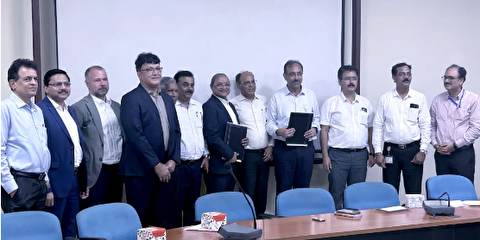
SAIL Bhilai Steel relies on Danieli proprietary technology to expand plate mill portfolio to higher steel grades

Alba Discloses its Financial Results for the Second Quarter and H1 of 2025
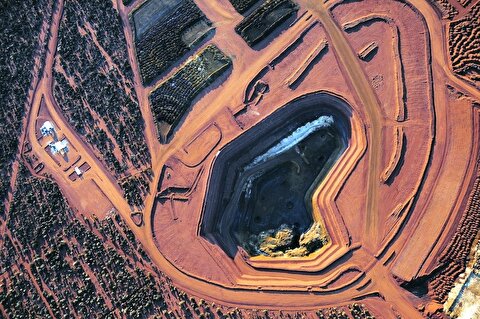
Australia weighs price floor for critical minerals, boosting rare earth miners

Australia pledges $87M to rescue Trafigura’s Nyrstar smelters in critical minerals push

Fresnillo lifts gold forecast on strong first-half surge

US slaps tariffs on 1-kg, 100-oz gold bars: Financial Times

BHP, Vale offer $1.4 billion settlement in UK lawsuit over Brazil dam disaster, FT reports

NextSource soars on Mitsubishi Chemical offtake deal

Copper price slips as unwinding of tariff trade boosts LME stockpiles

SAIL Bhilai Steel relies on Danieli proprietary technology to expand plate mill portfolio to higher steel grades

Alba Discloses its Financial Results for the Second Quarter and H1 of 2025

Australia weighs price floor for critical minerals, boosting rare earth miners

Australia pledges $87M to rescue Trafigura’s Nyrstar smelters in critical minerals push

Fresnillo lifts gold forecast on strong first-half surge

